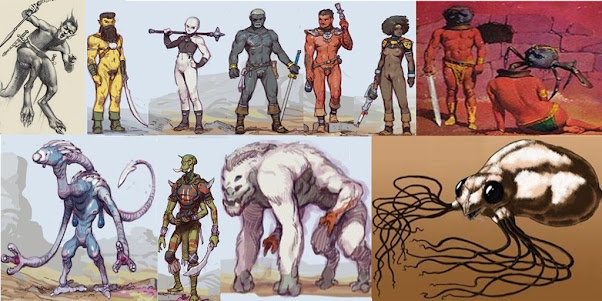Reclamation Apprehension Warrant Becomes Bug Hunt
Reclamation Apprehension Warrant Becomes Bug Hunt "Good to see you again, Centurion." "Major. Why are you here? We have the warrant to take Rulstavi into custody for interrogation and medical examination." "We are not here to interfere with that in any way, Centurion. I am unsure of the exact chain of the communications, but the crime scene got reported up the comms chain to Weyland Yutani, which also resulted up further in the chain to the Trantor Imperium and the Tsovereign Commonwealth, and then somehow along the winding path Umbrella Tri-Cell was informed, then down to us humble mortals in the Mutual of Omicron Wild Galaxy." "Major, I am sure that is supposed to be fascinating." "Just the facts as I know them, Centurion" "Major, it still does not answer what it is you are expected to do here." "Recording and collecting evidence related to possible nefarious eldritch Sothothic entities." "...

